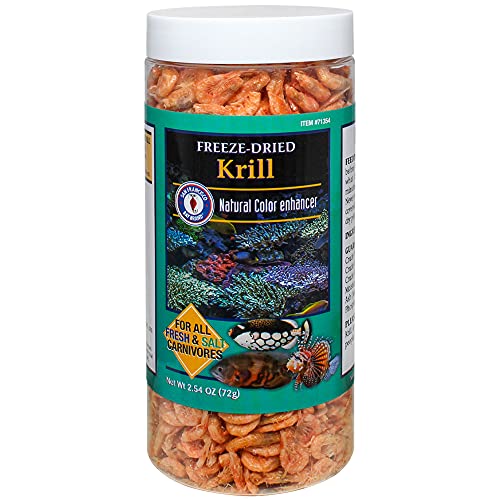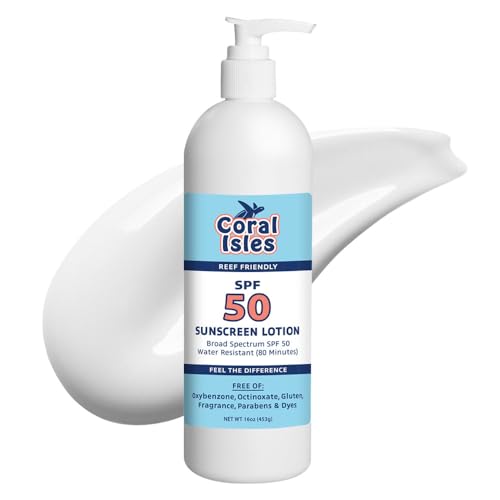Ok, here is the next question.
Imagine we are back at the two flask system from before. In one flask, we have a bacteria infested sandbed ready to crash. In the other flask we have a nice pristine and sterile substrate. The ball valve connnecting the flasks is closed. No more phosphate can enter the system but other nutrients can, on an as needed basis only. There is mild circulation inside the flasks. What happens when we open the ball valve?
Regards...Collin
Imagine we are back at the two flask system from before. In one flask, we have a bacteria infested sandbed ready to crash. In the other flask we have a nice pristine and sterile substrate. The ball valve connnecting the flasks is closed. No more phosphate can enter the system but other nutrients can, on an as needed basis only. There is mild circulation inside the flasks. What happens when we open the ball valve?
Regards...Collin




































































